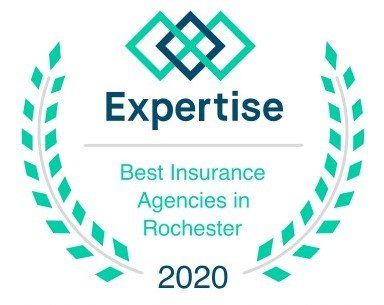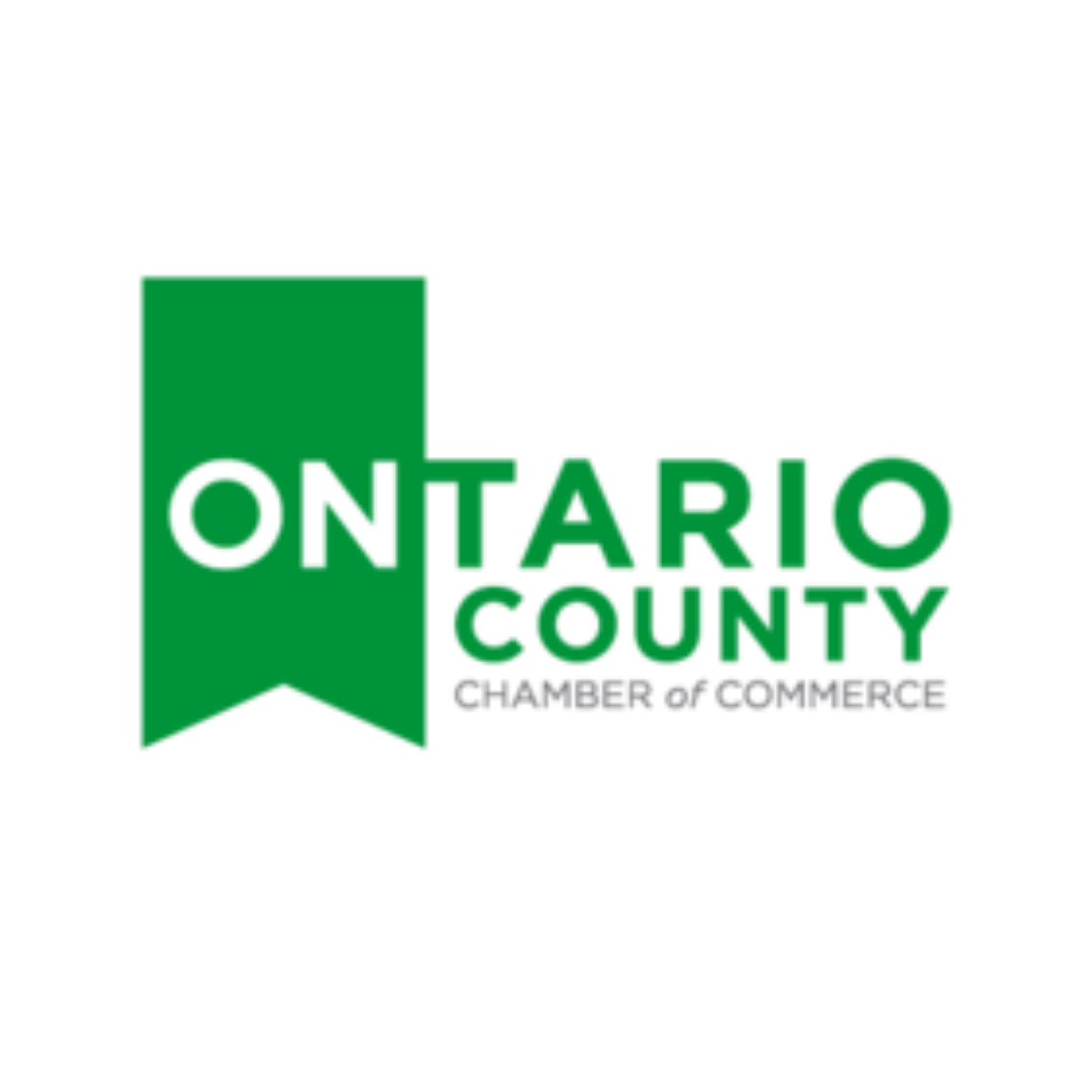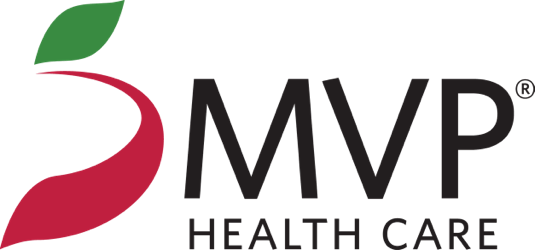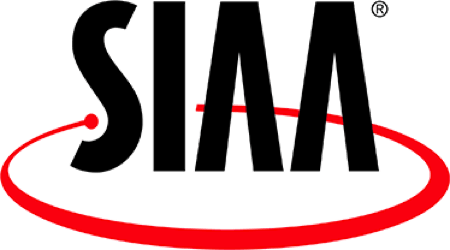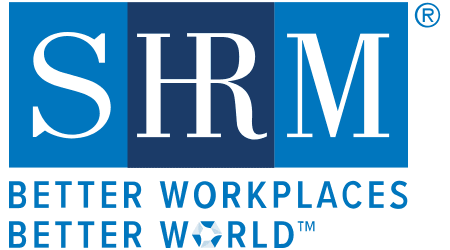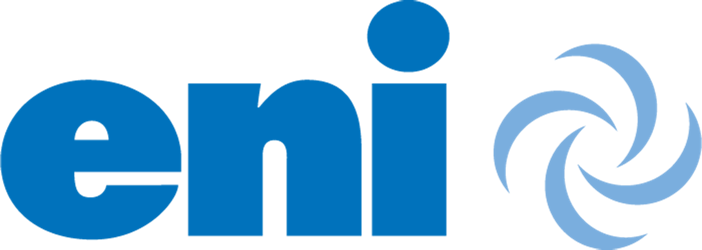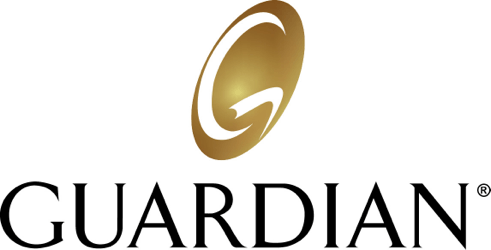Your All-in-One Partner for Payroll, HR, Benefits, Insurance & Retirement
At Simco, our mission is to
maximize efficiency for businesses through a complete, integrated solution. By combining innovative HCM technology with personalized service, we seamlessly manage payroll, HR, benefits, insurance, and retirement—so you can focus on growing your business.
Spending too much time on employee administration?
Let Simco Help You Work Smarter.
At Simco, we understand the pressure business owners and managers face: juggling responsibilities, chasing compliance, and navigating without the right tools or support. That’s where we come in.
Our fully integrated Human Capital Management (HCM) system brings payroll, HR, benefits, insurance, and retirement together in one cohesive solution—backed by expert guidance and real people who care. From technology to trusted advisory services, we’re here to make your operations more efficient—and your life a little easier.
Need a system for the entire employee life cycle?
We're more than just HR
Comprehensive services for your business.
Simco is your all-in-one partner for workforce support.
We’re here to help with compliance, open enrollment, payroll processing, time and attendance systems, onboarding and offboarding, employee handbooks, ACA tracking, 401(k) and retirement plans, commercial and personal insurance, Medicare group or personal sessions for your employees, and much more.
Sign up for our newsletter.
What is unique about us?
Learn more about Simco.
What sets us apart? Three things!
1.
Empowering Success Through Education
We believe in providing the knowledge and resources that drive long-term success, ensuring your team is equipped to thrive.
2. Tailored Solutions with Expert Advisory and Integrated HCM Technology
Our approach combines customized, cutting-edge HCM technology with expert advisory services to deliver seamless, efficient solutions that meet your unique business needs.
3. Personalized Service with Direct Access to Experts
A dedicated Simco Client Success Manager periodically reviews your business needs and ensures every aspect of your solution works cohesively—backed by direct access to our team of experts, committed to delivering exceptional service.
Not only are we cost-effective, we're the comprehensive solution you've been looking for. Give us a call! Discover why we're the complete package.
No Cost Medicare 101 Educational Seminar
Looking for industry insights?
Check out the latest from our blog.






